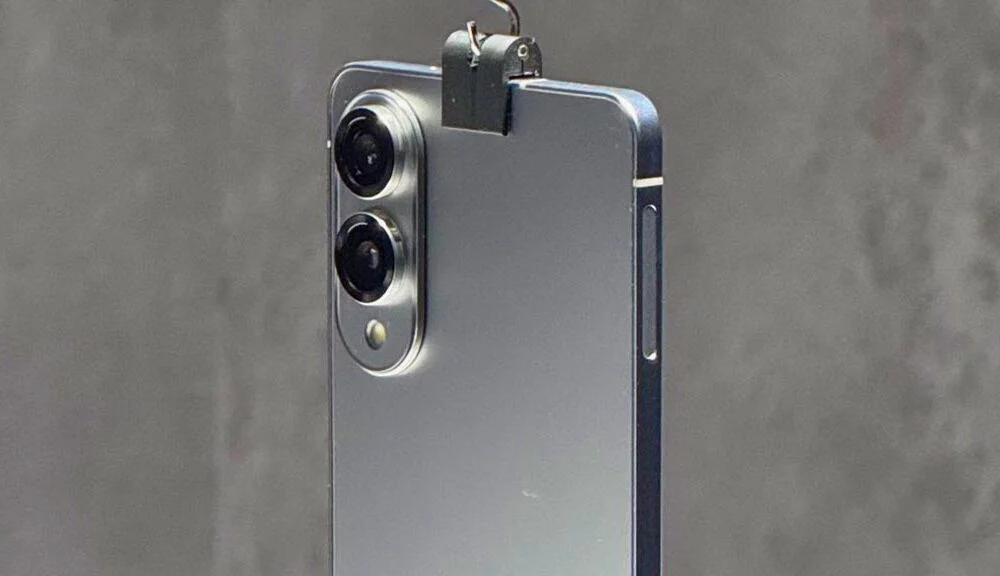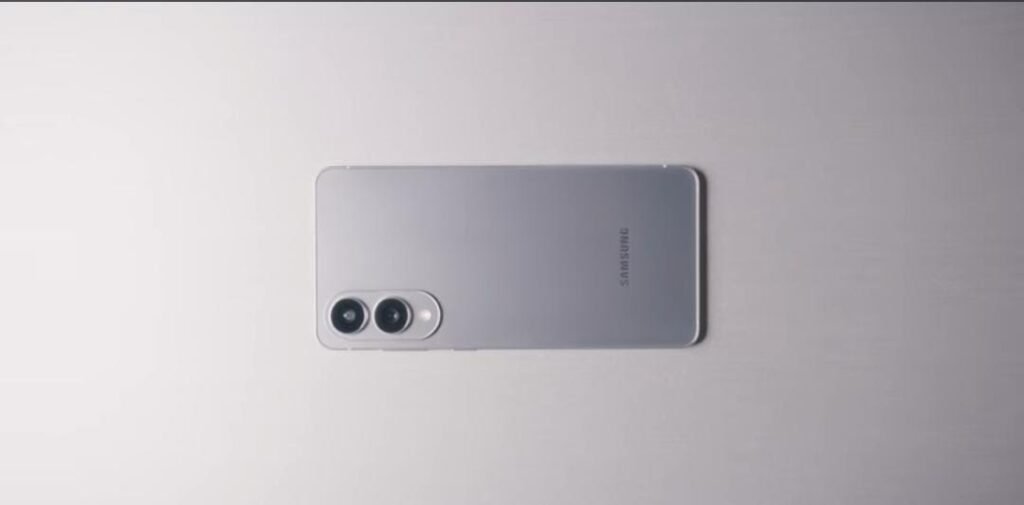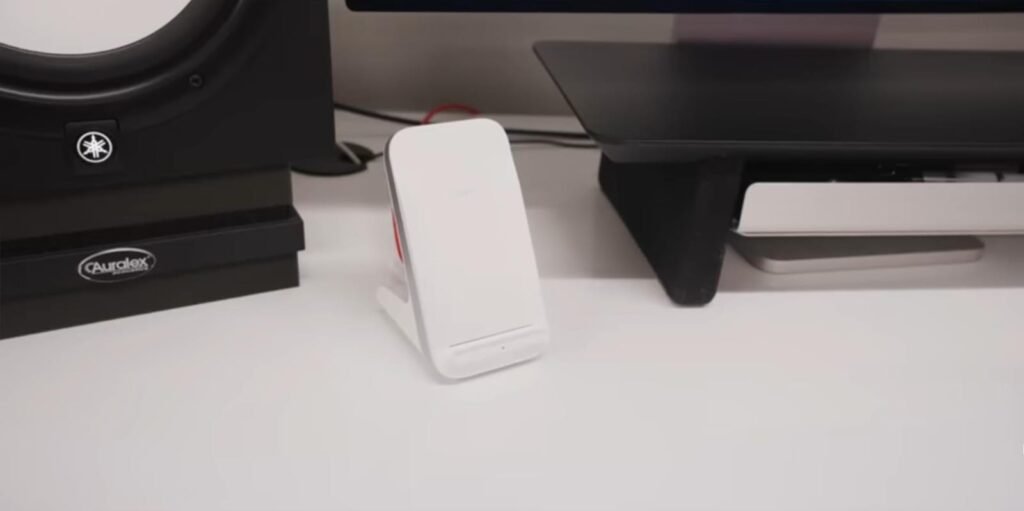For more than a decade now, the smartphone industry has been stuck in a race of making smartphones thinner, sleeker, and more futuristic in appearance. While this trend may look appealing to some users and looks good on a marketing poster or product showcase, it has led to some frustrating compromises in usability, durability, battery life, technology usage, and thermal performance. The Galaxy S25 Edge, part of Samsung’s anticipated 2025 flagship smartphone lineup, has reopened the conversation about ultra-thin smartphones — is going thin a good idea or a bad one?

Design Meets Engineering: The Edge Concept Returns
The “Edge” branding in the Samsung Galaxy lineup has historically referred to phones with curved screens on the sides, like the Samsung Galaxy S6 Edge and S7 Edge—a design first introduced with the Galaxy Note Edge in 2014 and later improved in various S Series models. With this Galaxy S25 Edge, Samsung has provided an ultra-thin design with cutting-edge performance and a minimalistic frame. This is all in line with Samsung’s futuristic vision of a Seamless Glass Lab with almost invisible bezels. While the new design promises to be visually stunning, it brings up a debate—how thin is too thin?
The Pursuit of Thinness in Smartphones
Smartphone manufacturers, especially companies like Apple, Samsung, and Xiaomi, have aimed to create slimmer devices. There’s no denial—the thin phone feels premium in the hand and looks more stunning. However, every millimeter shaved off from the body often means a sacrifice in a feature. That feature could be the battery, camera, or anything.
Battery Life Sacrifices in Thin Phones
One of the biggest concerns in ultra-thin phones is the battery size. Thinner bodies leave less room to embed a larger battery. This often results in users having to charge their phones more frequently, which increases battery cycles and damages the battery. There are possible ways to prevent battery loss—click the link to see the details. Although companies try to counter this by using efficient chips and software optimization and reducing some features, physics has its limits. You cannot expect a 5 mm-thick phone to carry a 5000 mAh battery without compromising somewhere else.

Thermal Performance Issues in Slim Smartphones
Another major problem is heating. Phones and other electronic devices generate heat, especially during gaming, multitasking, or even fast charging. A thin phone has less surface area to distribute the heat, leading to potential thermal throttling or even hardware damage over time. Thinner bodies also mean smaller vapor chambers, which makes it harder to keep the device cool under pressure.
Durability Issues in Thin Smartphones
Take the example of thin wood—it can be broken easily, but a thicker one can’t. That’s how smartphones work. Thinner phones are more fragile and have flexing and bending concerns. We’ve seen what happened with the iPhone 6 “Bendgate” fiasco. With such a slim profile, the Galaxy S25 Edge could be more vulnerable to pressure and extreme temperatures—especially when in tight pockets or under minor impacts.
Camera Compromises in Thin Phones
As the phone body gets thinner, manufacturers either have to let the camera bump grow or compromise on sensors and lens quality. A top-tier smartphone camera system needs a proper space to be placed. And if the phone is too thin, there’s only so much innovation that can happen without a bulky lens sticking out from the back—something that can ruin the phone’s look and appeal.

Aesthetic Over Function: The Modern Smartphone Dilemma
With the Galaxy S25 Edge, Samsung seems to be doubling down on form over function. The concept art and renders show a phone that is paper-thin with edge-to-edge display curves and a single seamless back panel—something that feels like paper and is thinner than the thinnest phone. While it’s undeniably beautiful, the question remains—is it practically possible?
Consumers are increasingly aware of the trade-offs involved in hyper-minimalist designs. Most people prioritize performance, battery life, and camera capabilities over thin design. This shift is especially true among tech enthusiasts, gamers, and power users. Still, Samsung has always marketed its Edge models as premium phones. In that case, the Galaxy S25 Edge appeals more to people who want luxury, style, and innovation—and are willing to live with certain compromises.
Is Thinness a Dead End in Smartphone Design?
There’s a growing voice in the tech community that we’ve reached the limit of useful thinness. In fact, some of the recent devices are going in the opposite direction—like rugged phones such as the Shock Phone series and the Samsung Galaxy Ultra models. They are thick, bulky, and powerful—containing high-end GPUs and heavy-duty cameras.
Even Apple, after years of obsessively thinning down its devices, has taken a step in the opposite direction. The 2024 iPads are slightly thicker, and there are rumours that future iPhones will focus more on battery life and performance, not just chasing millimetres.
So the question must be asked—why is Samsung still going thin with the S25 Edge?
The Market Splits: Two Types of Smartphone Users
To be fair, the Galaxy S25 Edge isn’t meant to be the only flagship Samsung releases. It looks more like a style-focused smartphone. While Samsung has already launched its S25 series with the best performance and high-end camera systems, this model is likely to be launched alongside the Galaxy S25 and Galaxy S25 Ultra.
It is more likely aimed at people who can compromise features for looks and sleek design. Samsung is playing both sides—for casual users who want a phone that looks gorgeous, slides easily into the pocket, and delivers a futuristic vibe, the S25 Edge is perfect. For users who want power, there are the Ultra models, which will likely retain a thicker profile for better internals.
Still, this dual strategy raises a concern—what if a user wants both beauty and performance? Should they have to choose between looks and features?

Possible Solutions: Can Samsung Balance Both?
Some rumours suggest Samsung is using a new battery technology for the S25 Edge, calling it graphene-based innovation to cram more capacity into a thinner device. But such technologies are expensive and often limited in early production phases.
Other possible innovations could include
- Improved vapor chamber cooling systems that work within slimmer confines.
- AI-based performance tuning to manage heat and power consumption better.
- Camera software enhancements to compensate for smaller sensors.
But each of these comes with limitations. Software can’t fully replace hardware. At some point, function and physics collide—and no amount of software optimization can fill the gap left by a smaller battery or thermal system.
Conclusion: Time to Rethink Smartphone Design Priorities
The Galaxy S25 Edge is shaping up to be a bold, beautiful, and controversial device. It may push the boundaries of what’s possible in the smartphone industry. But it also raises age-old questions about practicality, usability, and feature compromise.
In the end, perhaps the thin phone problem isn’t about the phones themselves—it’s about the values and priorities. If Samsung succeeds in delivering a thin phone that doesn’t feel like a downgrade, it could reach a major design milestone. But if the S25 Edge ends up being more style than substance, it may serve as a reminder that thinner isn’t always better.
Your blog is a constant source of inspiration for me. Your passion for your subject matter is palpable, and it’s clear that you pour your heart and soul into every post. Keep up the incredible work!